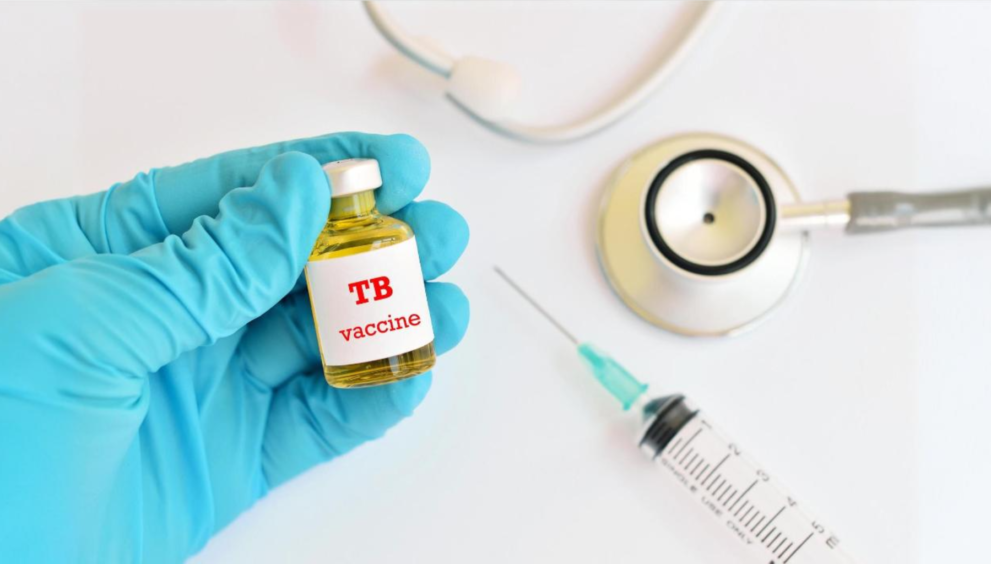Latest
2023: TB surpasses COVID-19 as leading global killer, India worst affected
With 26% TB cases, India leads the list of 30 high-burden countries
Author
Author
- admin / 10 months

- 0
- 4 min read

Author
In 2023, Tuberculosis (TB) reclaimed its position as the world’s leading cause of death, surpassing COVID-19, which had caused almost twice as many fatalities as HIV/AIDS during the previous three years, reveals the WHO’s Global Tuberculosis Report 2024.
“Most of the people who develop TB disease each year are in 30 high TB burden countries, which accounted for 87% of the global total in 2023. Five countries accounted for 56% of the worldwide total,” according to the report. These five countries include India that leads the list with 26% of all global cases. Other top contributors to the disease burden are Indonesia (10%), China (6.8%), Philippines (6.8%) and Pakistan (6.3%). According to the report, 55% of people who developed the infection were men, 33% were women and 12% were children and young adolescents.
The report said that there have been some positive trends in tuberculosis management around the world. It highlighted that the number of TB-related deaths decreased from 1.32 million in 2022 to 1.25 million in 2023. It said that the total number of people falling ill with the disease rose slightly to an estimated 10.8 million in 2023, from about 10.7 million in 2022, “although still much higher than 10.4 million in 2021 and 10.1 million in 2020.” However, it also said that “The global rise in the number of people falling ill with TB (incident cases) that started during the COVID-19 pandemic has slowed and started to stabilize.” It also attributed “most of the global increase in incident cases” to “population growth.”
However, ending the global epidemic is a “distant goal.”
“Despite this progress, TB has probably returned to being the world’s leading cause of death from a single infectious agent (replacing COVID-19),” the report said.
The report says more than 10 million people continue to fall ill with tuberculosis every year and the number has been rising since 2021. “Urgent action is required to end the global TB epidemic by 2030, a goal that has been adopted by all Member States of the United Nations (UN) and the WHO,” the WHO says.
TB: the risks and challenges
Tuberculosis is caused by the bacillus Mycobacterium tuberculosis, which is spread when people who are sick with TB expel bacteria into the air (e.g. by coughing). About a quarter of the global population is estimated to have been infected with TB.
Following infection, the risk of developing disease is highest in the first 2 years (approximately 5%), after which it is much lower. The disease typically affects the lungs (pulmonary TB) but can affect other sites as well.
Without treatment, the death rate from the disease is close to 50%. With treatments currently recommended by WHO, comprising a course of specific drugs for 4–6 months, about 85% of infected people can be cured. Regimens of 1–6 months are available to treat the infection.
WHO has published a global tuberculosis report every year since 1997. Its main purpose is to provide a comprehensive and up-to-date assessment of the status of the TB epidemic and progress in the response at global, regional and national levels, in the context of global TB commitments, strategies and targets.

“The fact that TB still kills and sickens so many people is an outrage, when we have the tools to prevent it, detect it and treat it,” said Dr Tedros Adhanom Ghebreyesus, WHO Director-General. “WHO urges all countries to make good on the concrete commitments they have made to expand the use of those tools, and to end TB.”
Also read: Fact-check: Expert take on 6 tuberculosis myths – First Check









